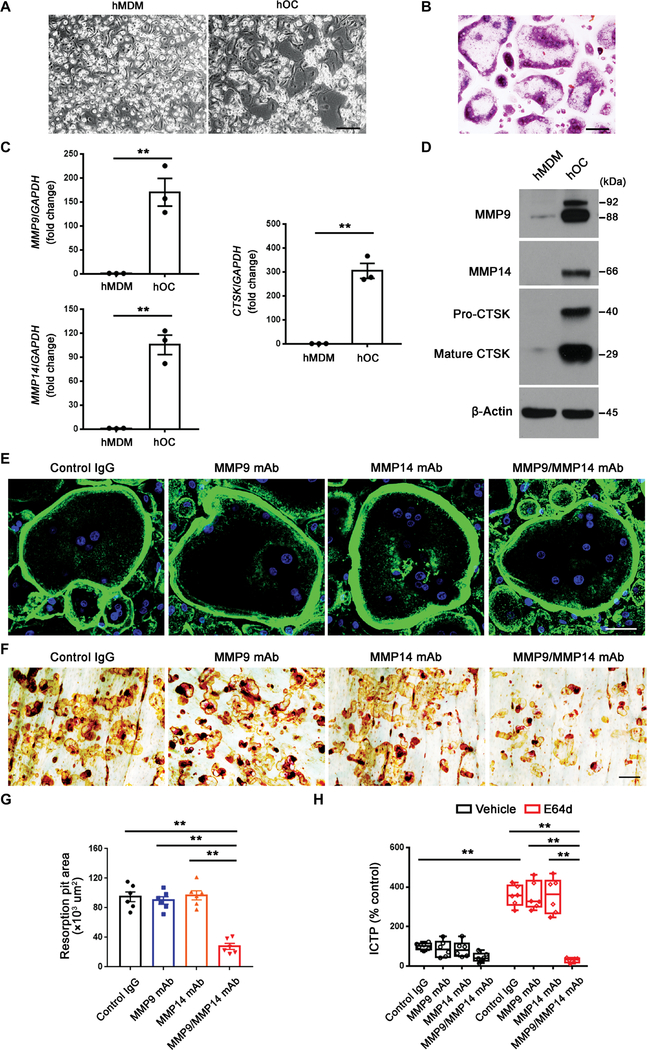Fig. 5. Dual MMP9/MMP14 activity regulates human osteoclast-mediated bone resorption.
(A) Phase contrast images of human monocyte-derived macrophages (hMDMs) and human osteoclasts (hOCs) differentiated from human CD14+ monocytes. Scale bar, 200 μm. (B) TRAP staining of human osteoclasts. Scale bar, 100 μm. (C) Relative mRNA expression of MMP9, MMP14, and CTSK in hMDM and mature hOC (n = 3). (D) MMP9, MMP14, and CTSK protein expression as assessed by Western blot was determined in hMDMs and mature hOCs. (E) Human osteoclasts were cultured on glass in the presence or absence of an MMP9 function-blocking mAb and MMP14 function-blocking antibody (DX-2400), and the cells were stained with fluorescein isothiocyanate–phalloidin. Scale bar, 50 μm. IgG, immunoglobulin G. (F and G) Human osteoclasts were cultured atop bone slices for 6 days in the presence or absence of either the MMP9 function-blocking mAb or DX-2400. Osteoclasts were removed from the bone slices, resorption pits were visualized by (F) WGA-DAB staining, and (G) resorption pit area was quantified (n = 6). Scale bar, 100 μm. (H) Human osteoclasts were cultured atop cortical bone slices for 6 days in the presence or absence of the MMP9 or MMP14 blocking antibodies with or without E64d, and the supernatants were collected for ICTP ELISA (n = 6). All results are representative of data generated in at least three independent experiments. **P < 0.01. Error bars are means ± SEM. Data were analyzed using unpaired Student’s t test (C), one-way ANOVA (G), or two-way ANOVA (H) with Bonferroni correction.

